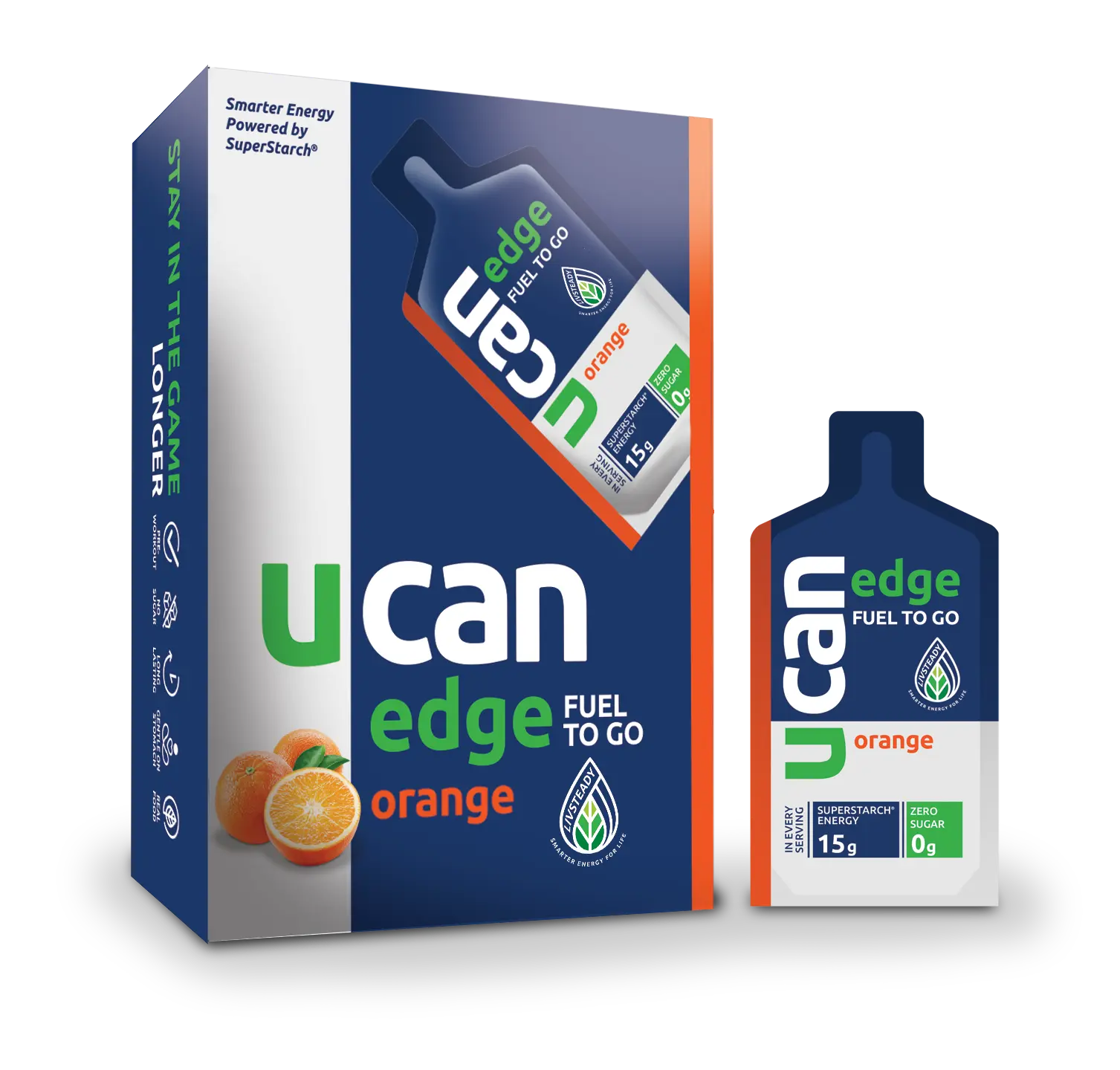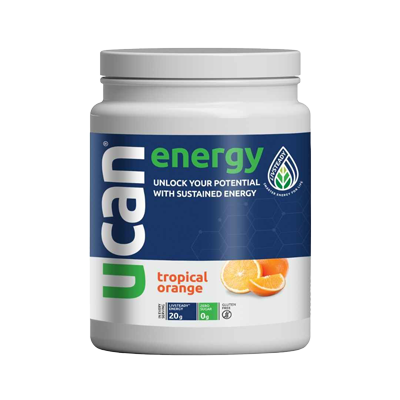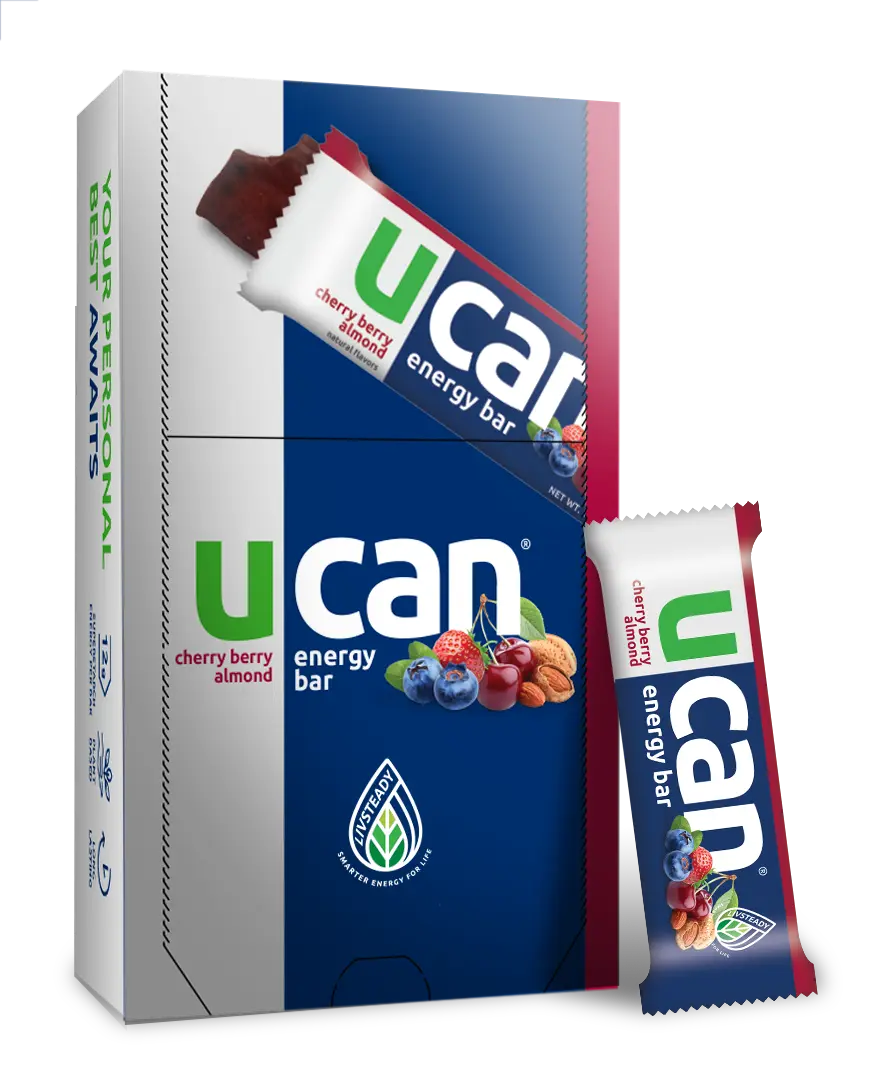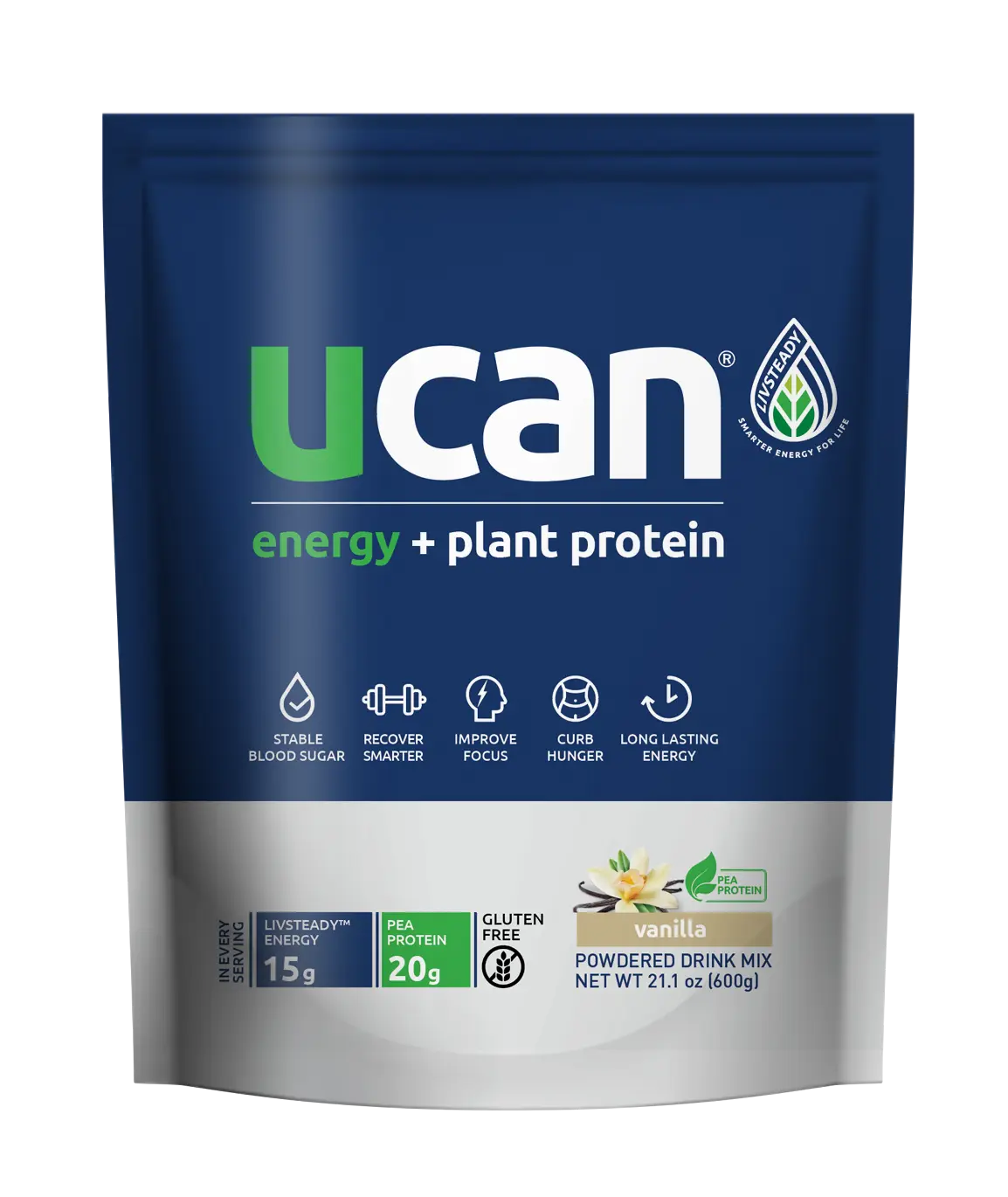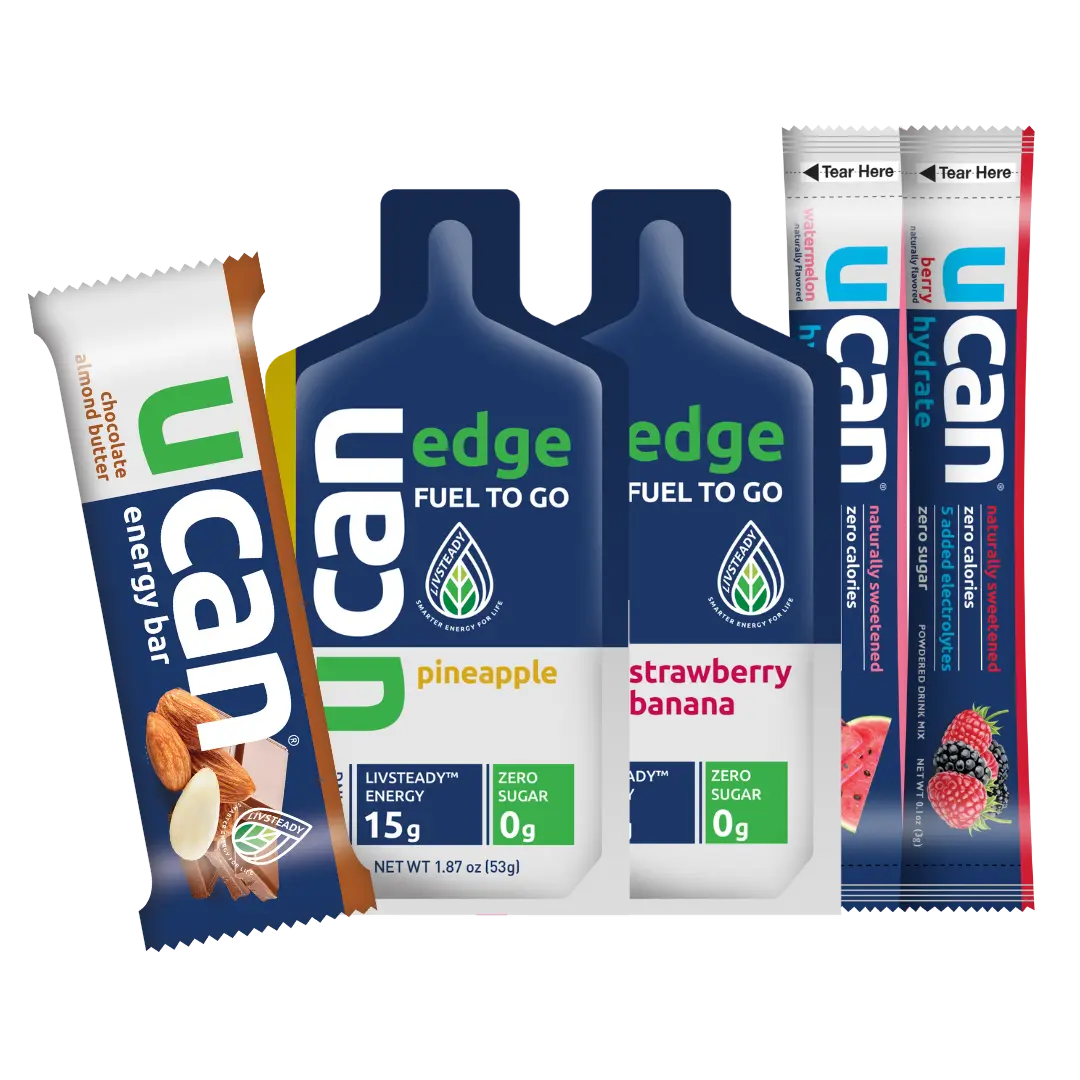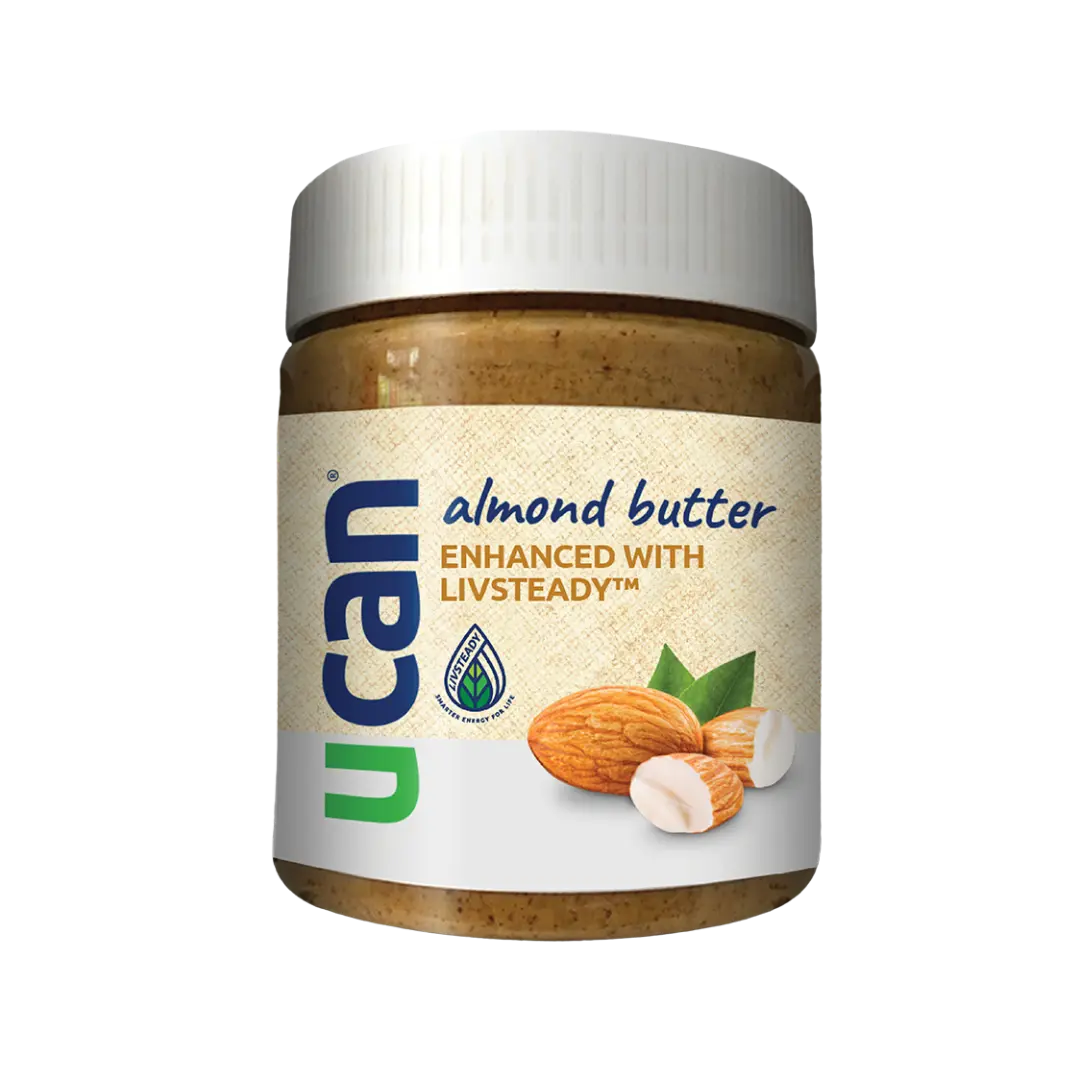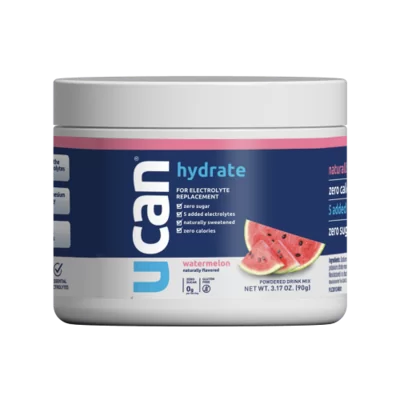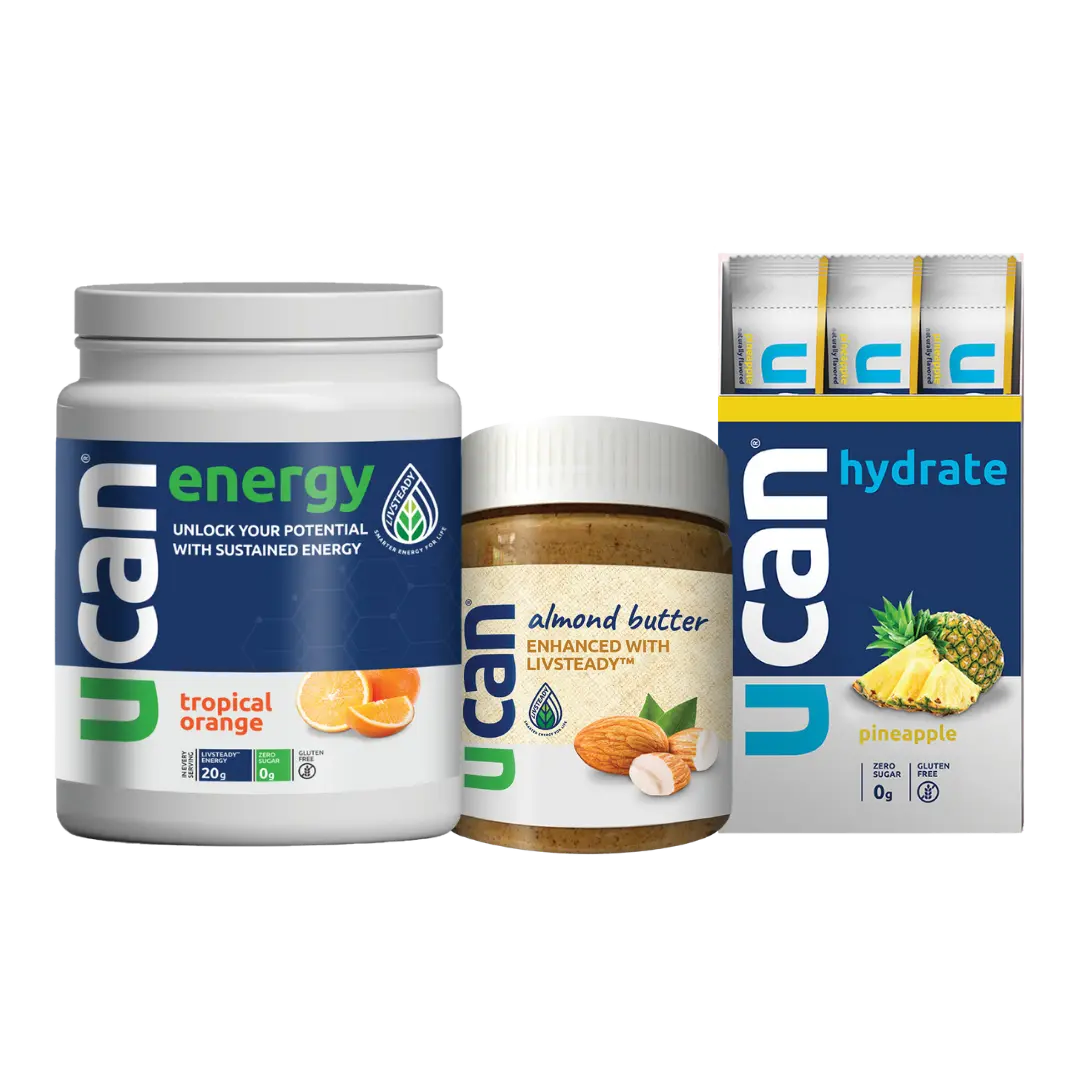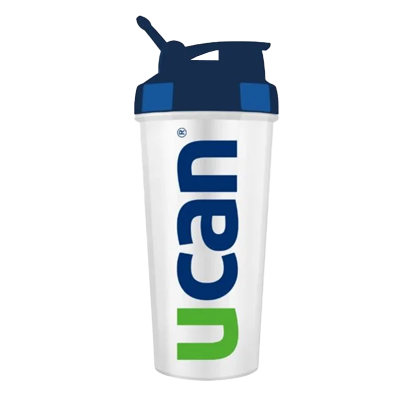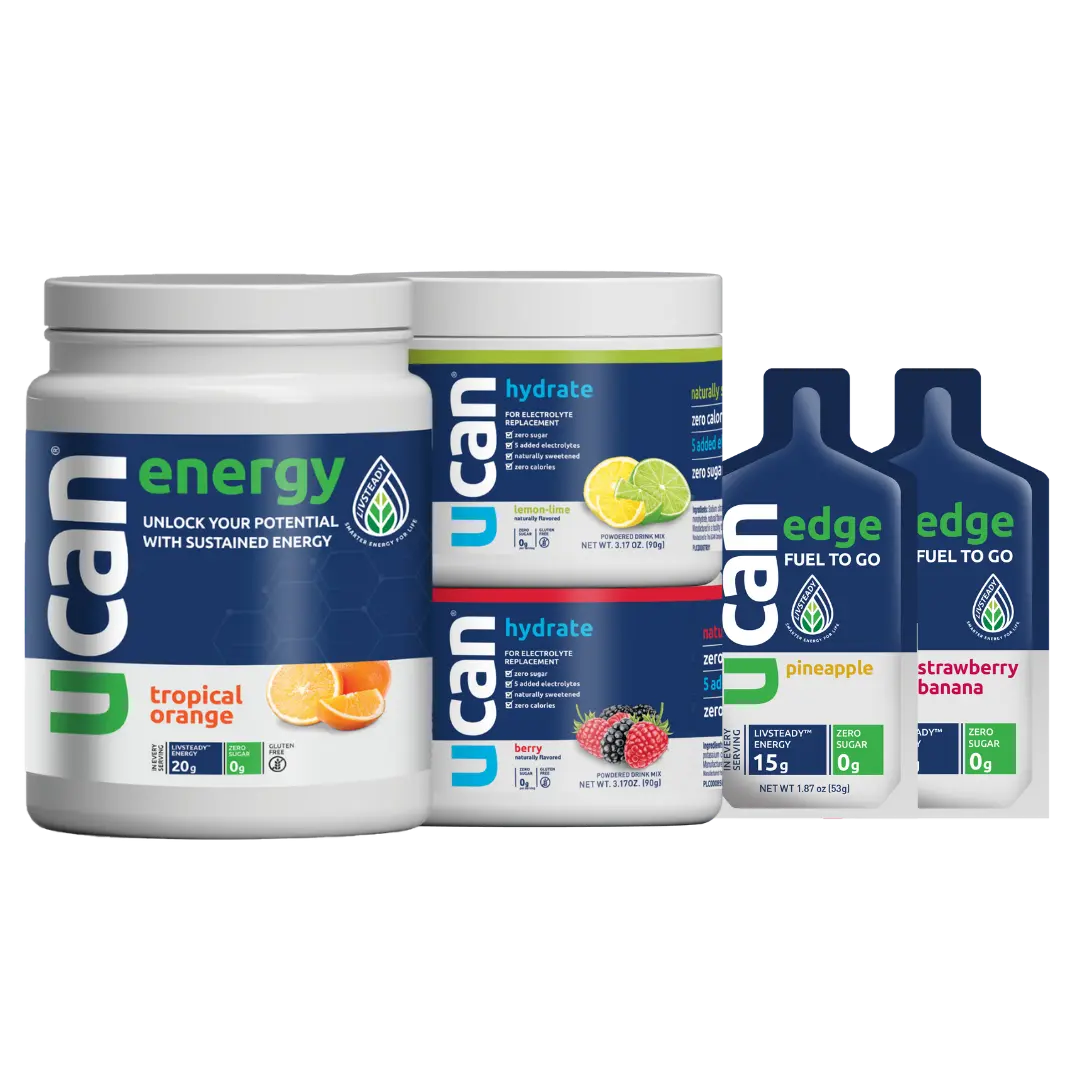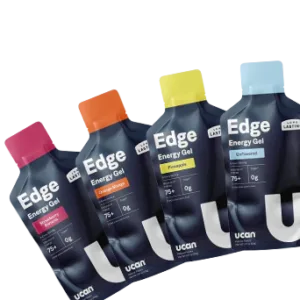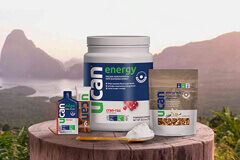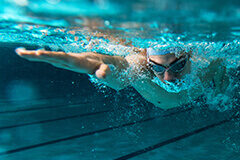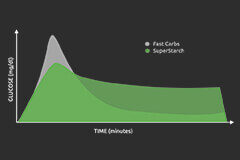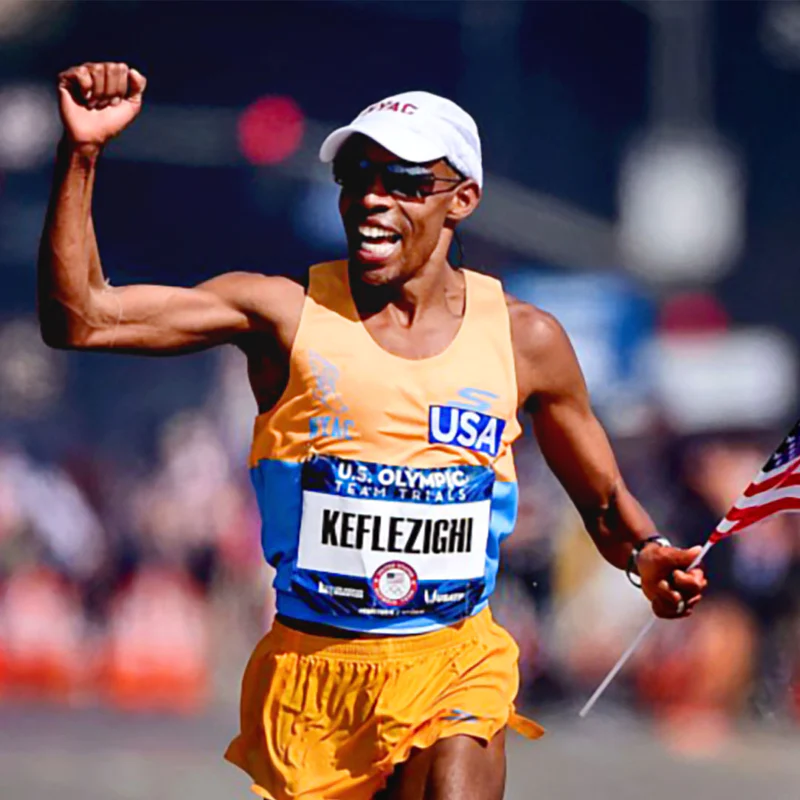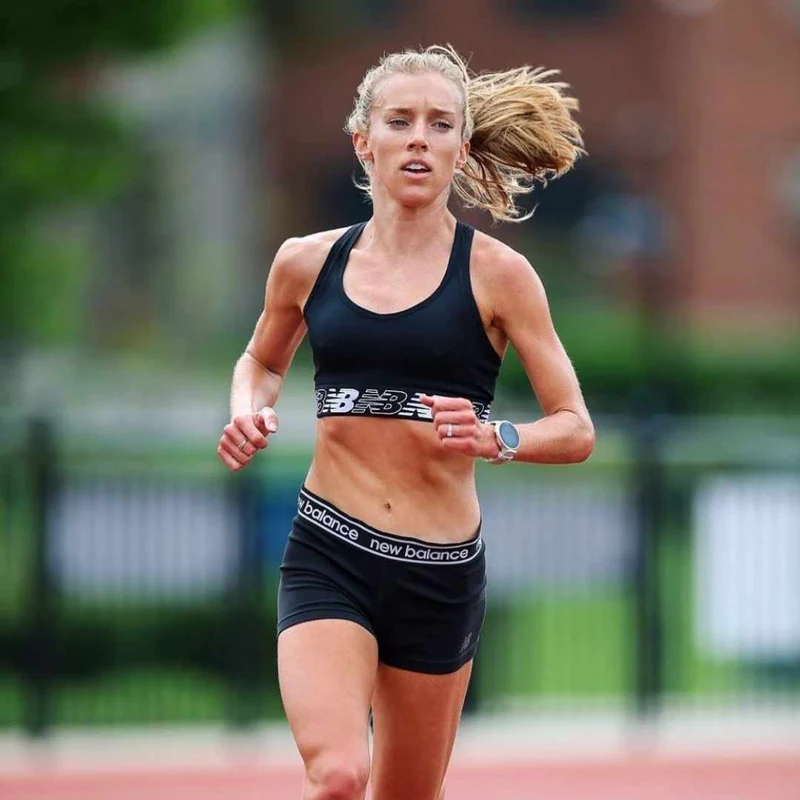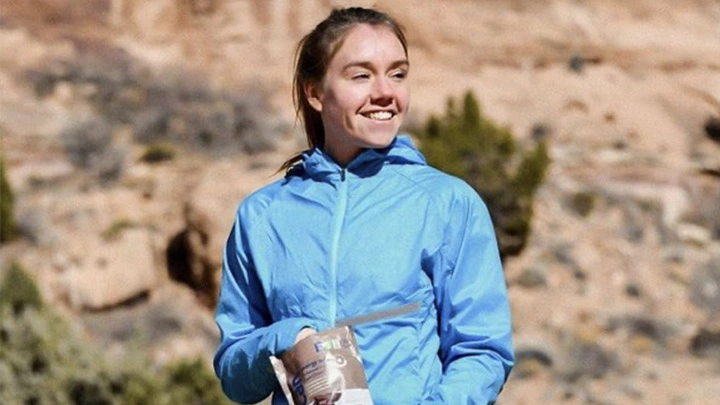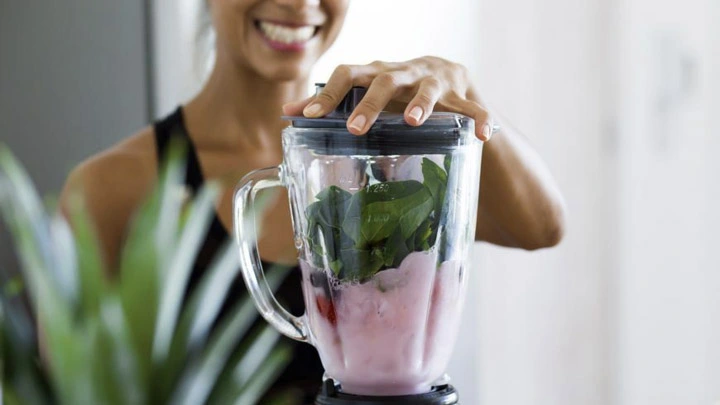You’re lining up for the Sydney Marathon, 10k in, and your energy tanks. Or maybe you’re staring down a brutal brick for Ironman Cairns and the legs feel like lead. We’ve all been there. That’s where the pool earns its keep. It’s not just recovery; a focused swim session can burn roughly 400–800 kcal/hour for a 70 kg athlete, depending on stroke and pace[1–3]. More importantly, it lets you stack aerobic work without the pounding.
Let’s keep it practical. If you train in Australia/NZ heat, understanding how swimming fits your weekly load and fuelling plan is a competitive edge. It builds a bigger engine with less joint stress — but to use it well, you need a handle on what you actually burn, and how to turn that burn into better performance.
The Real Deal on Calories Burned Swimming
On race day, the variables that move the needle are simple:
- Your Body Weight: Energy cost scales with mass. More mass against water resistance = higher oxygen cost and kcal burn for the same pace[1,2].
- Your Stroke Choice: Butterfly and hard breaststroke demand more whole-body power and raise metabolic cost; relaxed backstroke sits lower[2,3].
- Your Intensity: Stroke rate and speed drive drag and oxygen uptake. Higher effort increases VO2 and burn — especially in sets with short rest[1,4].
Quick Guide to Calories Burned Per Hour
Use these as starting points for a 70 kg athlete over 60 minutes (adjust roughly ±8–10% per ±5 kg body weight, or calculate with: kcal ≈ MET × body kg × hours)[3,5].
| Swimming Activity | Estimated Calories Burned (Per Hour) |
|---|---|
| Light to Moderate Lap Swim | ~420 |
| Vigorous Lap Swim | ~715 |
| Breaststroke | ~715 |
| Backstroke | ~490 |
| Butterfly | ~785 |
Turning the dial — more pace, more drag, or a more demanding stroke — raises oxygen cost and kcal burn. Program your sets to match the goal: recovery vs. engine-building vs. power.

Numbers alone don’t win races. To convert burn into performance, lock in your daily energy needs (kcal in vs. out) and fuel around key sessions for steady power and recovery[6].
Dialling in fuel isn’t about the scales; it’s about holding pace in the last 10 km at Melbourne or staying composed on the hot, windy bike in Cairns.
Why Your Mates Might Burn More Calories Than You
Same set, different totals on the watch? It happens. Your “engine” — body size, composition, efficiency, and how hard you’re truly going — is unique. Copying your mate’s plan won’t guarantee the same burn or adaptation.
The fix is understanding your drivers and programming to your physiology.

Programming Your Weekly Pool Load
Smart athletes treat swimming like structured run training — with purpose behind every metre. In practice, this means periodising your pool sessions around your A-race calendar. During base phases ahead of Sydney or Melbourne, bias toward longer aerobic sets (3 × 12 min steady with 90 s easy) to build mitochondrial density without joint stress. As you approach race-specific blocks, shift to threshold intervals that mimic race demands: 6 × 200 m holding your 10 km run RPE with 45 s rest. This isn’t random “cardio” — it’s targeted stimulus that translates directly to holding pace when it counts. Track session RPE and average pace weekly; if RPE drops at the same splits, you’re building genuine fitness that carries over to race day[4,6].
It Starts with Your Body Weight
More mass increases frontal area and wave drag. That elevates the oxygen cost of a given speed, so the heavier athlete typically burns more kcal at the same pace and duration[1–3]. That’s physics, not “better” or “worse.” Use it to set realistic expectations and pacing.
As a guide: an 85 kg athlete doing 60 min of vigorous freestyle can sit ~10–20% above a 65 kg athlete at similar perceived effort, assuming comparable technique and rest intervals.
Muscle, Fitness and Age All Play a Part
Beyond the scales, several factors fine-tune your burn:
- Body Composition: More lean mass increases resting metabolic rate slightly and supports higher sustainable stroke power, nudging exercise kcal upward at matched pace[6].
- Your Fitness Level & Technique: Efficiency gains reduce the energy cost of a given speed (less drag, better body position). Good swimmers often burn fewer kcal at the same pace than beginners. To keep stimulus high, progress either speed, set density (rest cuts), or stroke mix[1,2].
Efficiency is the goal — but it means you must keep raising the bar (pace, reps, density) to maintain a meaningful training stimulus and calorie burn.
Hormonal status, training phase, and recovery load can also shift energy expenditure and perceived effort across a week[6]. Track trends, not single sessions.
Bottom line: calibrate to your data, and fuel accordingly so hard sessions stay hard — and easy stays easy.
Not All Strokes Are Created Equal
Stroke choice changes muscular recruitment, stroke mechanics, and drag — which changes burn. Treat strokes like gears on the bike: use the right one for the session goal.
That lets you program high-burn sets without thrashing your run legs, or dial recovery while still moving the aerobic needle.
The Big Four Strokes Compared
Here’s how to think about them in training:
- Freestyle (Front Crawl): Your aerobic workhorse. Efficient and scalable for distance and speed. Great for engine building ahead of the Gold Coast Marathon or as quality aerobic volume in a tri build.
- Backstroke: Similar energy pathway at a touch lower intensity; opens the chest and hits posterior chain differently. Useful on technique/recovery days without dropping to a complete float.
- Breaststroke: “Easy” if cruisy, but a technical, powerful breaststroke with a firm kick is legit leg loading. Useful when you want lower heart-rate aerobic plus muscular endurance in hips/glutes.
- Butterfly: Max muscle recruitment and metabolic cost. Short, sharp doses raise the ceiling without huge session time. Think of it like pool hill sprints.
For a one-hour session, butterfly sits at the top for kcal; easy backstroke at the bottom. Use that hierarchy to target outcomes (engine vs. power vs. recovery).

Butterfly’s “tax” is why even brief sets leave you heaving.
Why Butterfly Burns So Much Fuel
It’s the combination of high propulsive force, continuous core engagement, and minimal “rest” phases. Two-arm recovery over water plus dolphin kick means sustained power demand and elevated oxygen cost. Short sets go a long way.
Use butterfly like you’d use 10–20 second hill sprints: brief, technical, and savage — then recover. You’ll spike metabolic demand without wrecking the rest of the week.
Add 25–50 m fly inserts or drill progressions (e.g., body-dolphin → single-arm → full-stroke) inside freestyle sets to raise intensity while maintaining control.
How Intensity and Workout Style Crank Up the Burn
Steady laps build the base; intensity drives the ceiling. To meaningfully increase kcal burn and adaptation, manipulate pace, rest, and stroke choice across sets.
Continuous aerobic swims have their place, but for time-poor athletes, density (shorter rests, higher average speed) is the lever that multiplies output per minute[4].

Interval Training Is Your Best Mate
Break work into fast repeats with controlled rest. This elevates average VO2 and post-exercise oxygen consumption, increasing total session burn vs. the same total time at one easy pace[4,5].
Instead of 30 min steady, try 10 × 50 m hard with short rest. You’ll do more work above threshold without ballooning session length.
Intervals raise the metabolic bar: more time near race-relevant intensities, better neuromuscular recruitment, and higher total energy cost per minute.
As a useful rule of thumb, well-structured intervals can increase kcal expenditure by roughly ~25–30% vs. an equal-duration steady swim, assuming similar athletes and stroke[4].
A Simple Interval Set to Try
Drop this into your week:
- Warm-up: 200–400 m easy + 4 × 25 m build.
- Main Set: 8 × 50 m freestyle
- Hold ~80% effort (controlled hard).
- Rest 20–30 s between reps.
- Cool-down: 200 m easy with choice stroke.
Before key intensity, use fuel that won’t spike and crash mid-set. Many athletes do well with UCAN Energy Gel taken ~15–30 min pre-swim for steady glucose and gut comfort, then top up every 45–60 min on longer pool days. Post-session, UCAN Energy + Protein simplifies recovery timing with an easy carb:protein split[7].
Swimming vs Running: The Great Aussie Debate
For Aussie endurance athletes, it’s not either/or. Running often edges out on pure kcal/min at high speeds, but swimming sits in the same ballpark for hourly burn — with far less impact on connective tissue[3,5]. Use the pool to keep building fitness when the legs are cooked from a long run.
In practice: a moderate one-hour swim for a 70 kg athlete (~400–700 kcal) can match a steady aerobic run’s total burn — and you’ll walk away fresher for tomorrow.
More Than Just a Number
Swimming is strategic: big aerobic stimulus, upper-body strength-endurance, trunk control, and technique under breathing restriction — all without pounding. It’s perfect after long Saturday long runs ahead of Sydney or Melbourne.
Recovery-wise, it helps circulation and reduces perceived soreness while maintaining volume. Slot it where you’d otherwise force a compromised run.
Swimming isn’t a back-up plan; it’s a load-management tool that keeps your aerobic bank growing while your run legs catch up.
Beating the Aussie Heat
When Brisbane humidity or a 35 °C afternoon nukes quality on the road, the pool keeps intensity honest. You can push pace without overheating — crucial prep for Cairns where smart heat management wins the day.
Make it part of your long-term build: aerobic continuity, fewer niggles, better resilience.
Alright, time to turn this into sessions that move the needle.
Forget junk metres. Aim for a weekly mix that hits endurance, intensity, and technique. Triathletes bias towards race-specific intervals; runners can use the pool to protect tendons while keeping VO2 honest.
Below is a simple way to structure it so the calories you burn translate into fitness you can use.
Structuring Your Sessions
Build the week around clear intent:
- One Endurance Swim: Continuous or long-interval aerobic (e.g., 3 × 10 min @ steady, 1 min easy between). Goal: raise aerobic floor without beating up your legs.
- One Intensity/Interval Session: Your “scorcher” (e.g., 12 × 100 m @ ~10 km run effort feel, 20–30 s rest; or 16 × 50 m @ 90% with 20 s rest). Goal: power and pace under fatigue.
- One Technique/Recovery Swim: Shorter, easier, drill-heavy (catch-up, scull, 6-kick switch), with a sprinkle of short fly/back. Goal: efficiency so the same pace costs fewer kcals next block.
Good weeks alternate stress and support: intensity when you’re fresh; technique when you’re cooked; endurance where it fits your long-run/long-ride rhythm.
Fuel these sessions on purpose. You’ll sweat in the pool — especially indoors — so hydrate properly. If you’re salt-heavy, pair water with electrolytes; our ultimate electrolyte guide walks through when and how much.
Track progress beyond the clock: steadier RPE at the same pace, tighter rest, cleaner stroke mechanics. That’s fitness you’ll feel on race day.
Still got questions? Here are the quick hits we hear most from local athletes.
Does Swimming in Cold Water Burn More Calories?
Yes, a bit. Thermoregulation raises energy expenditure in colder water, but the effect is small compared to simply swimming harder or longer. Prioritise intensity/duration; don’t rely on water temp for meaningful burn[5].
Practical takeaway: extend main-set volume by 5–10 min or trim rests to lift your session kcal far more than chasing cold water.
Can I Lose Belly Fat Just by Swimming?
Fat loss is systemic. You can’t spot-reduce. Combine consistent swim volume and smart intervals with a slight calorie deficit and adequate protein. Over weeks, body fat drops — midsection included[6].
Keep the deficit modest on big training weeks so quality doesn’t crater.
How Accurate Are Fitness Trackers for Swimming?
Modern trackers estimate calories from pace/HR profiles reasonably well, but treat the number as a guide, not gospel. What matters is trend: is your average pace up at the same RPE? Are rests shorter at matched splits? That’s progress.
Use the watch for consistency and trendlines. Calibrate with session feel, split accuracy, and recovery quality.
To get the most from hard pool days, use fuel that delivers steady power. UCAN sits smoothly — no sugar spikes, no gut drama — so you can hold quality from first 50 to last. Check out the range and set up your next block right: UCAN Energy Gel for pre/during and UCAN Energy + Protein post-session.
[1] Barbosa TM, et al. Energetics and biomechanics as determining factors of swimming performance. J Sci Med Sport. 2010.
[2] Toussaint HM, Truijens M. Biomechanical aspects of peak performance in human swimming. Anim Biol. 2005.
[3] Ainsworth BE, et al. Compendium of Physical Activities: Swimming MET values (updated). Med Sci Sports Exerc. 2011/2018.
[4] Laursen PB, Jenkins DG. The scientific basis for high-intensity interval training. Sports Med. 2002.
[5] Holmér I. Energy cost of breaststroke, backstroke, and crawl at various speeds. Scand J Sports Sci. 1974.
[6] Thomas DT, Erdman KA, Burke LM. Position of the Academy of Nutrition and Dietetics, Dietitians of Canada, and ACSM: Nutrition and Athletic Performance. 2016.
[7] Burke LM. Fueling strategies to optimize performance: training, competition, and recovery. Nestlé Nutr Inst Workshop Ser. 2013.

